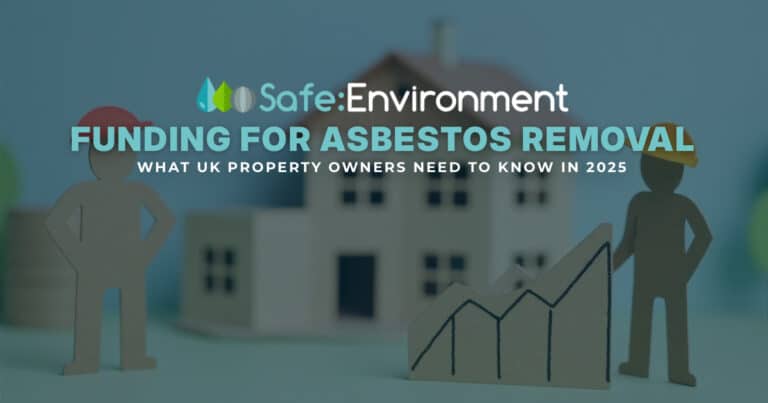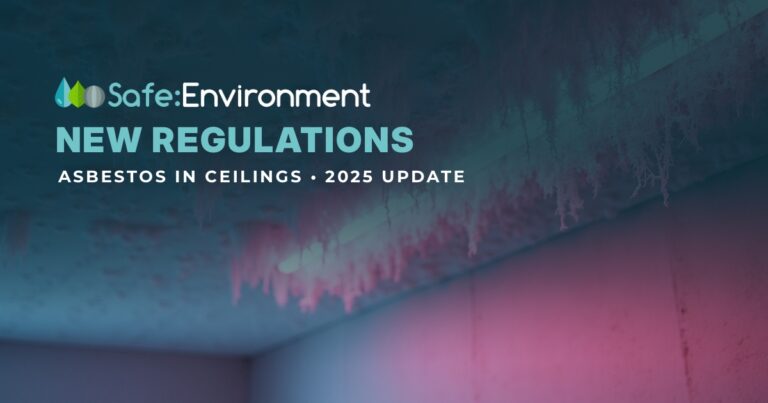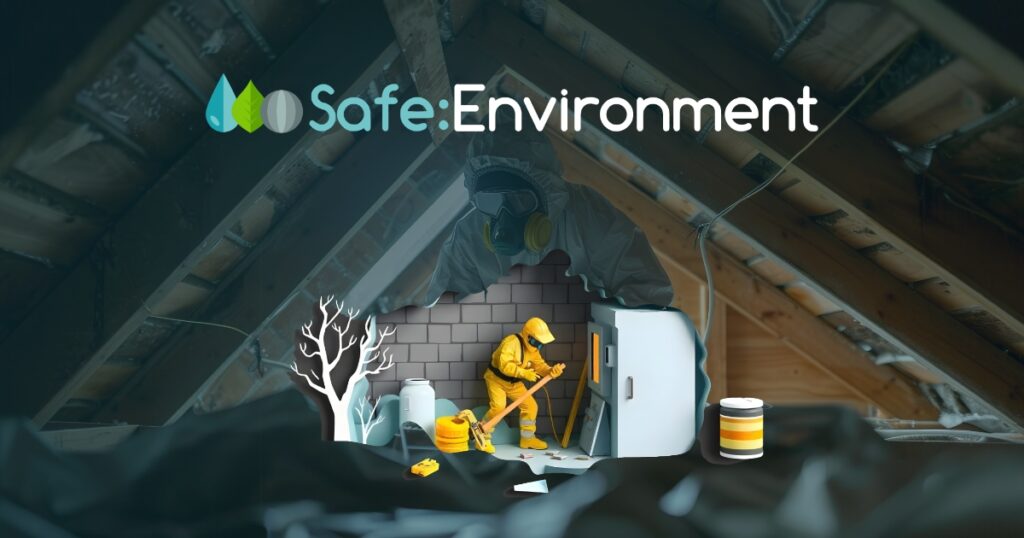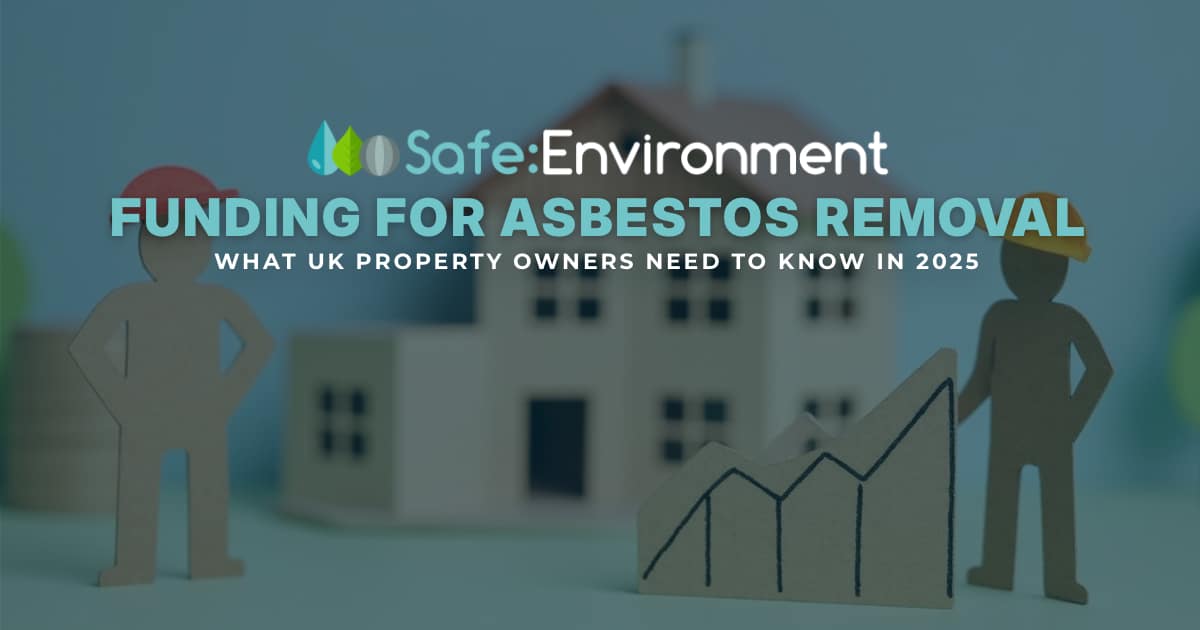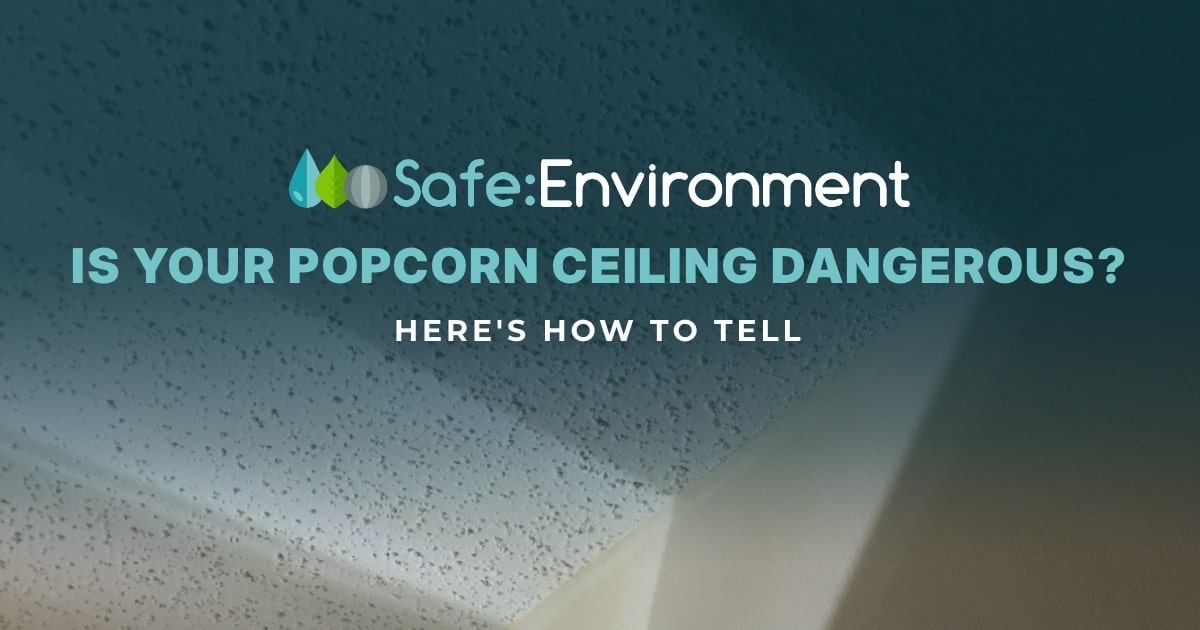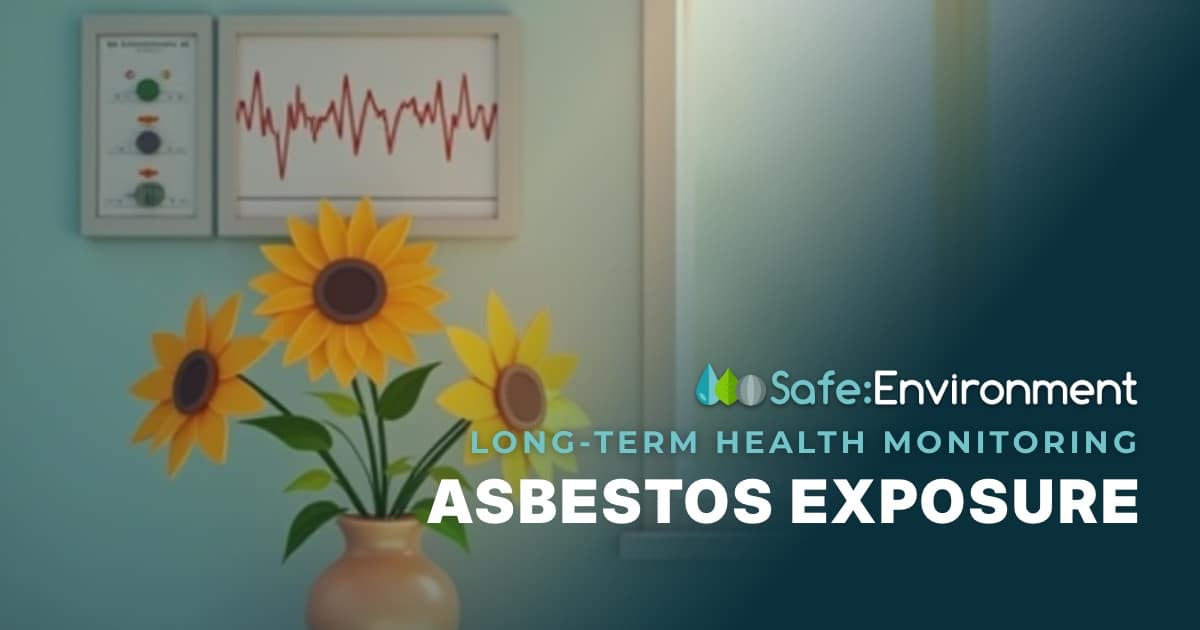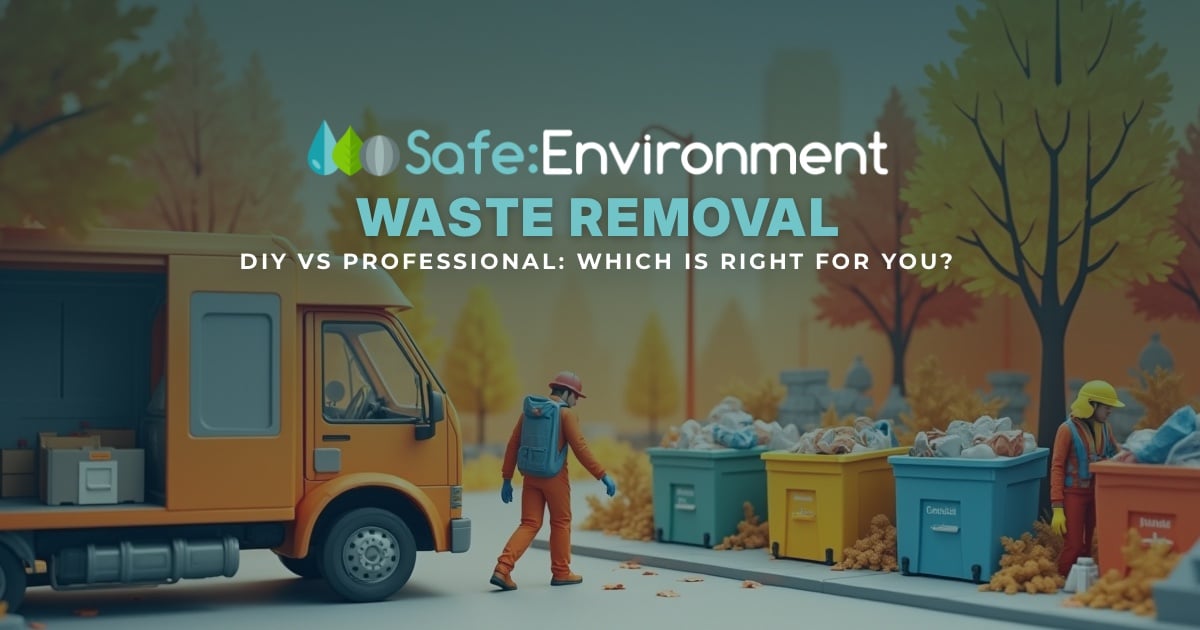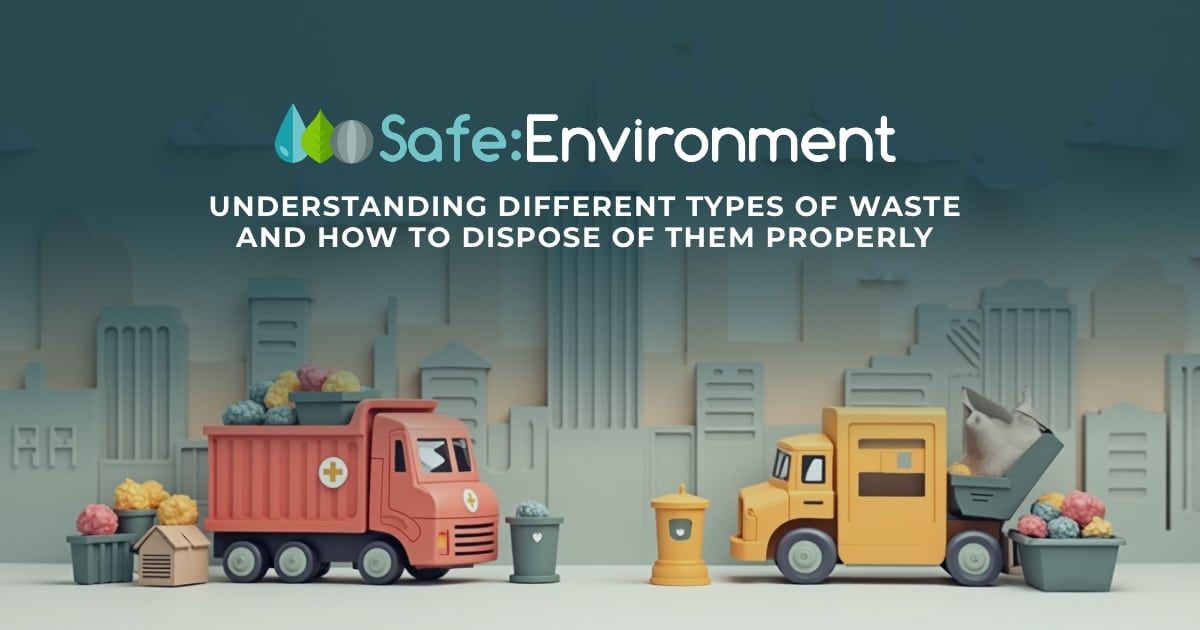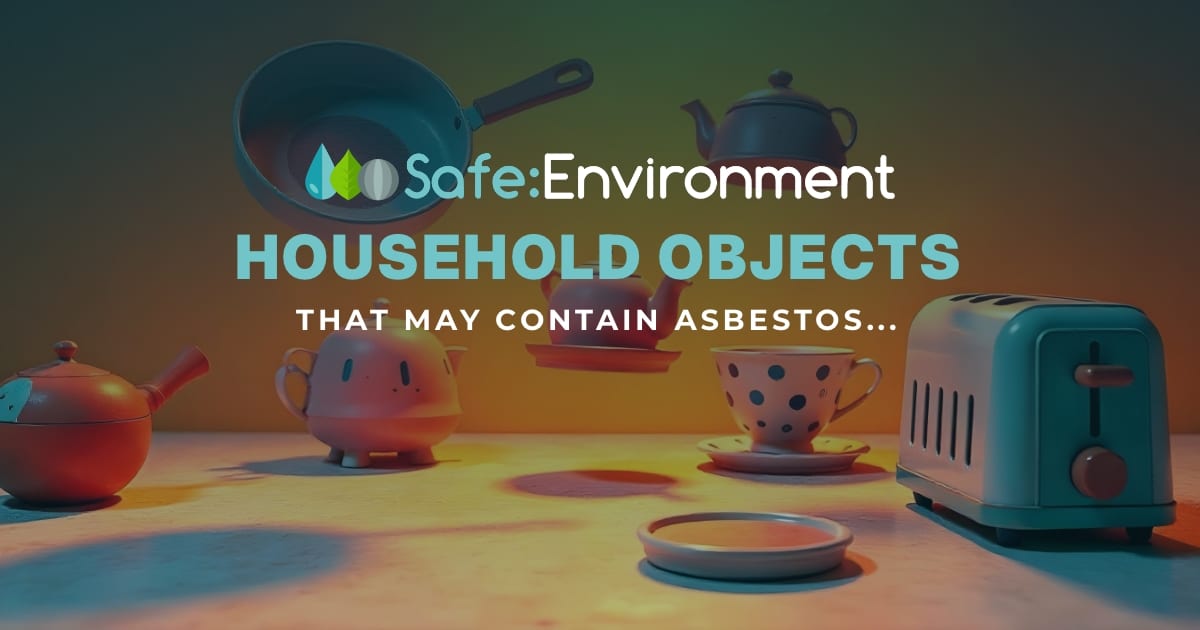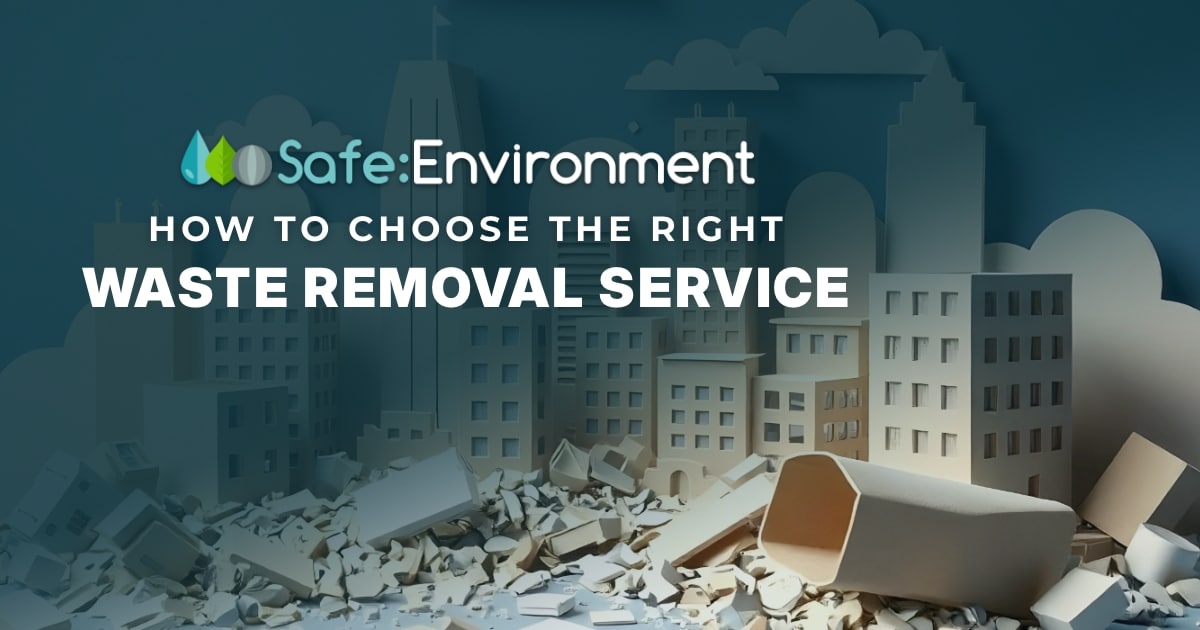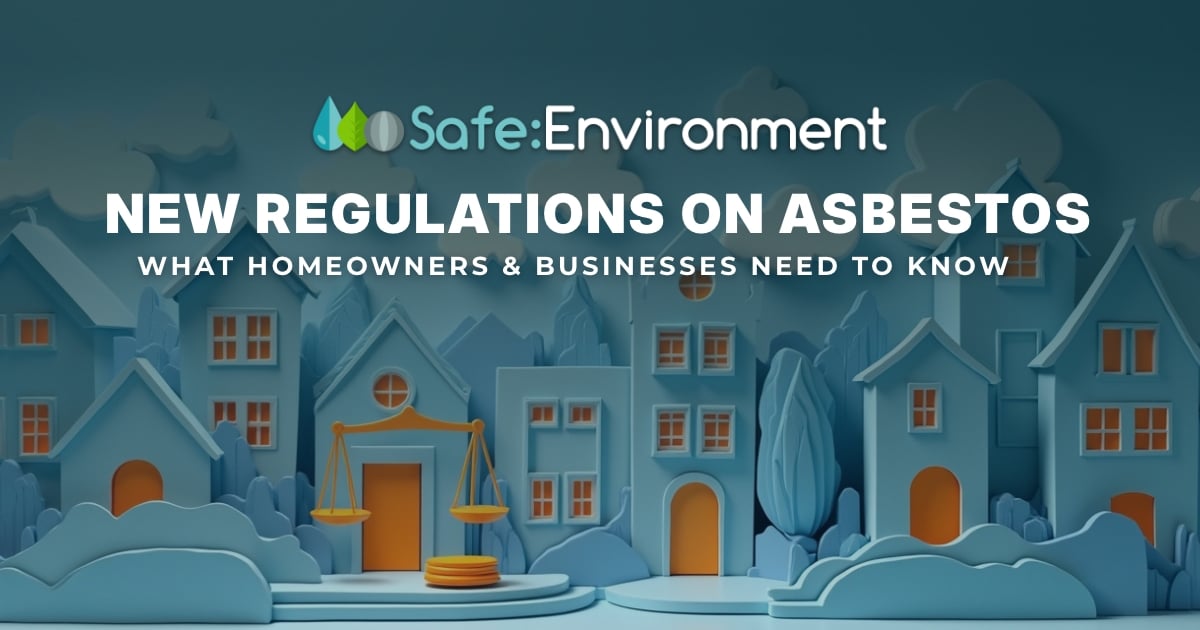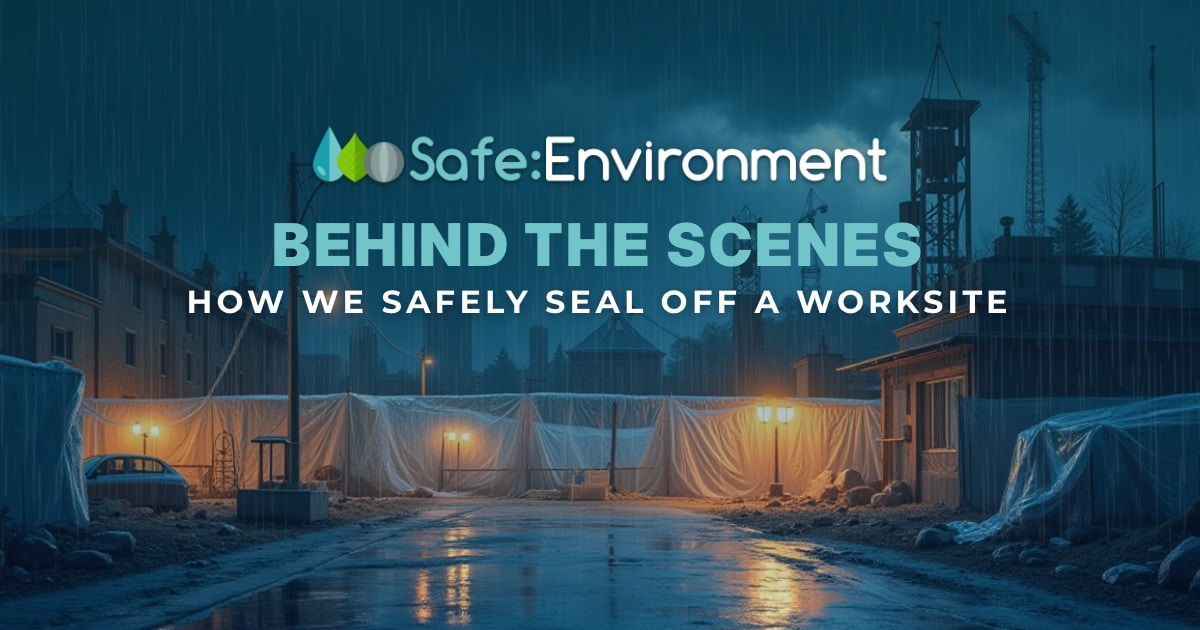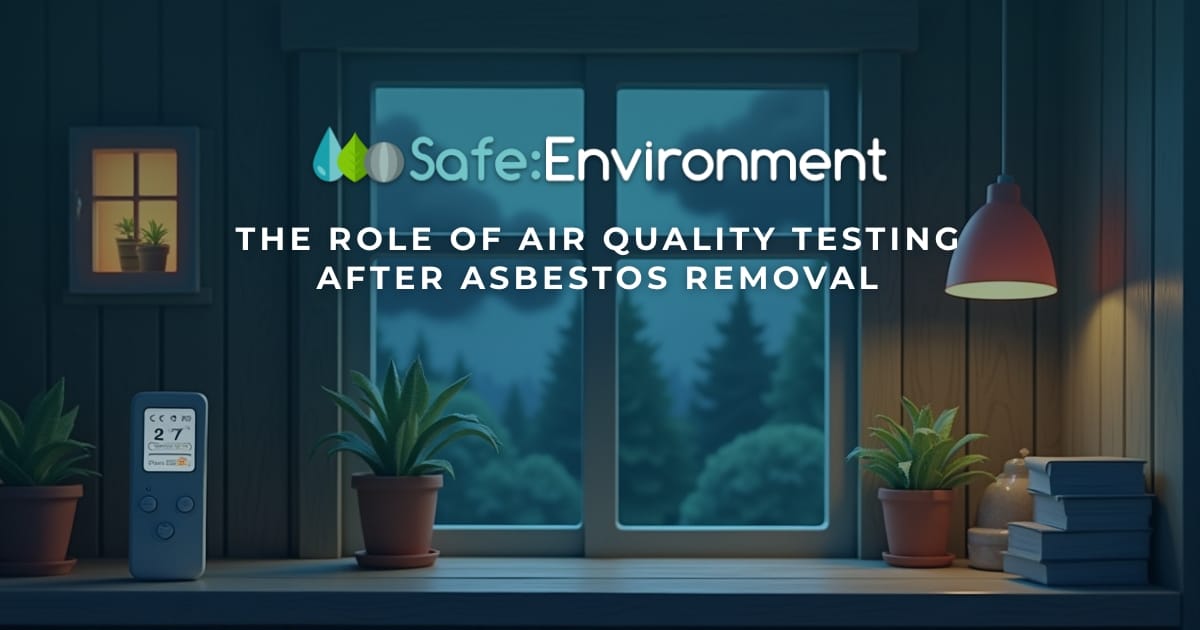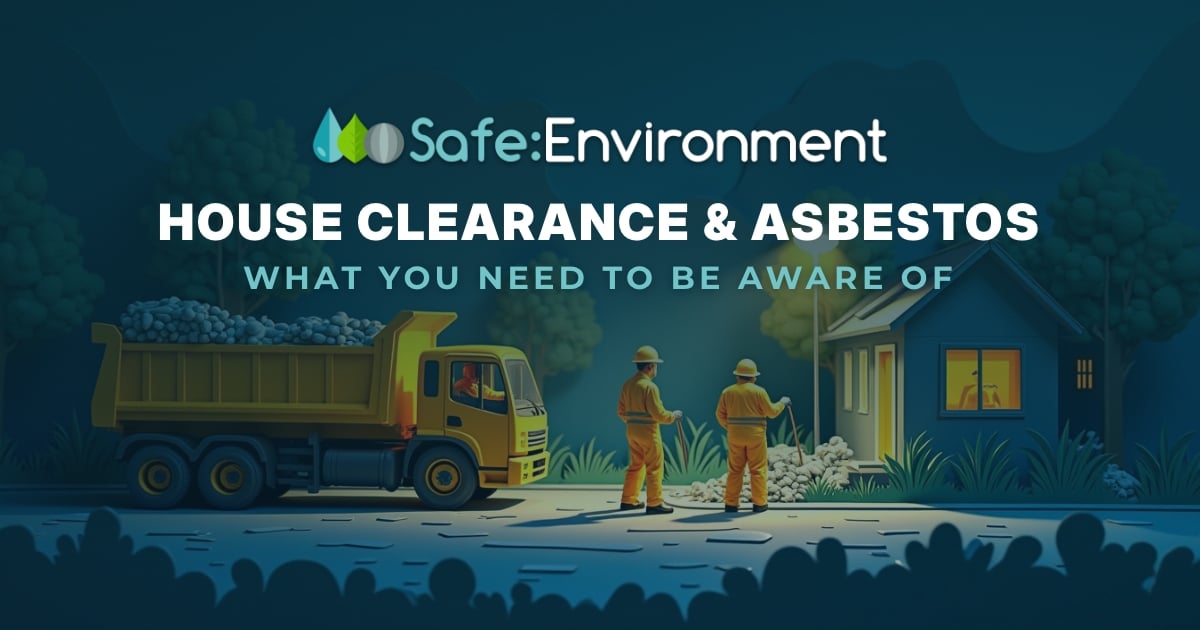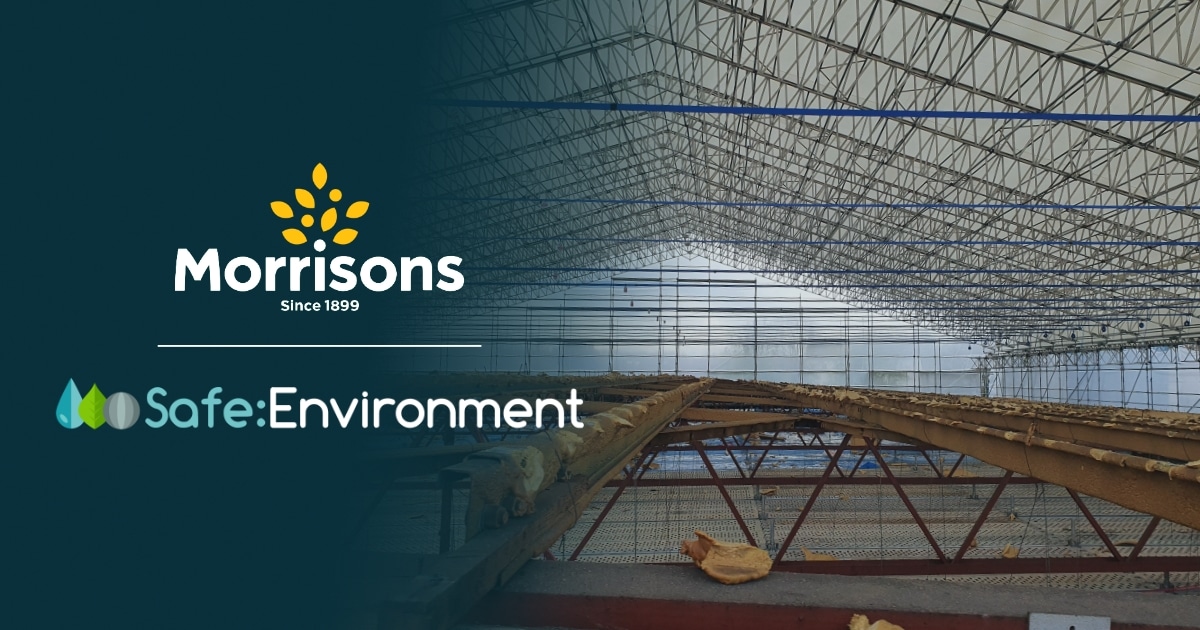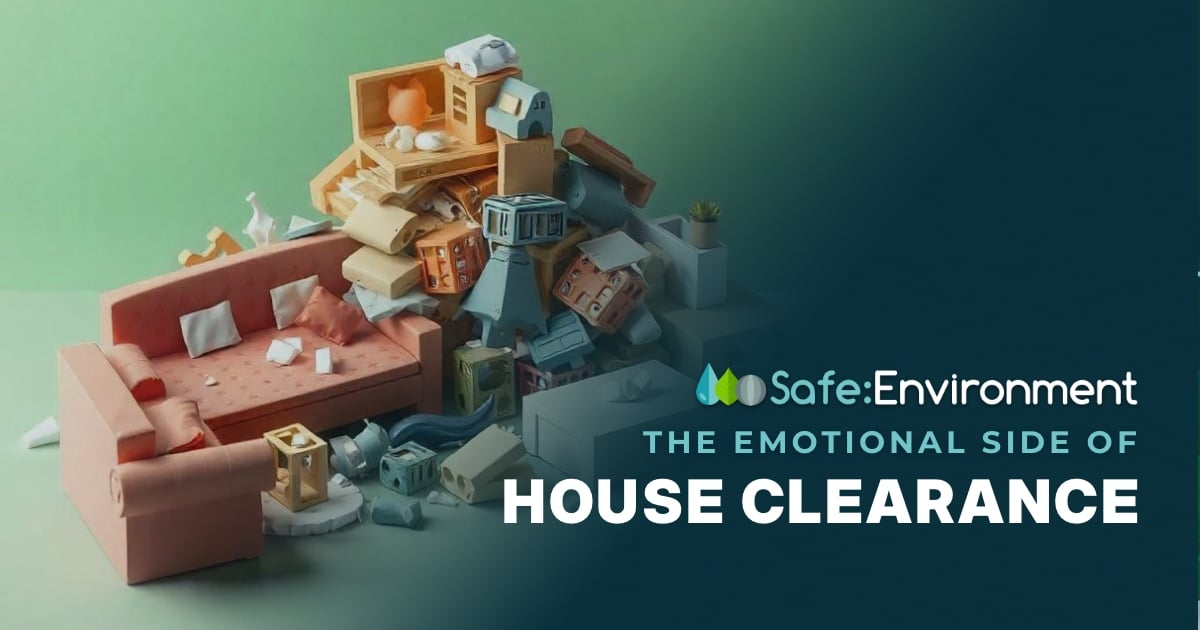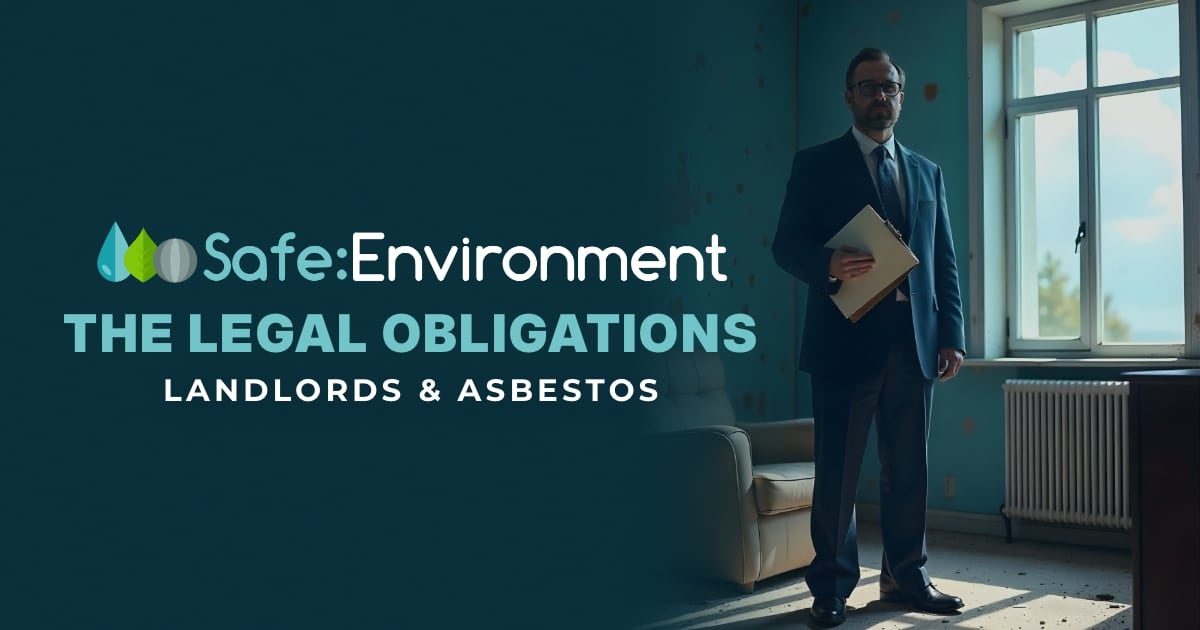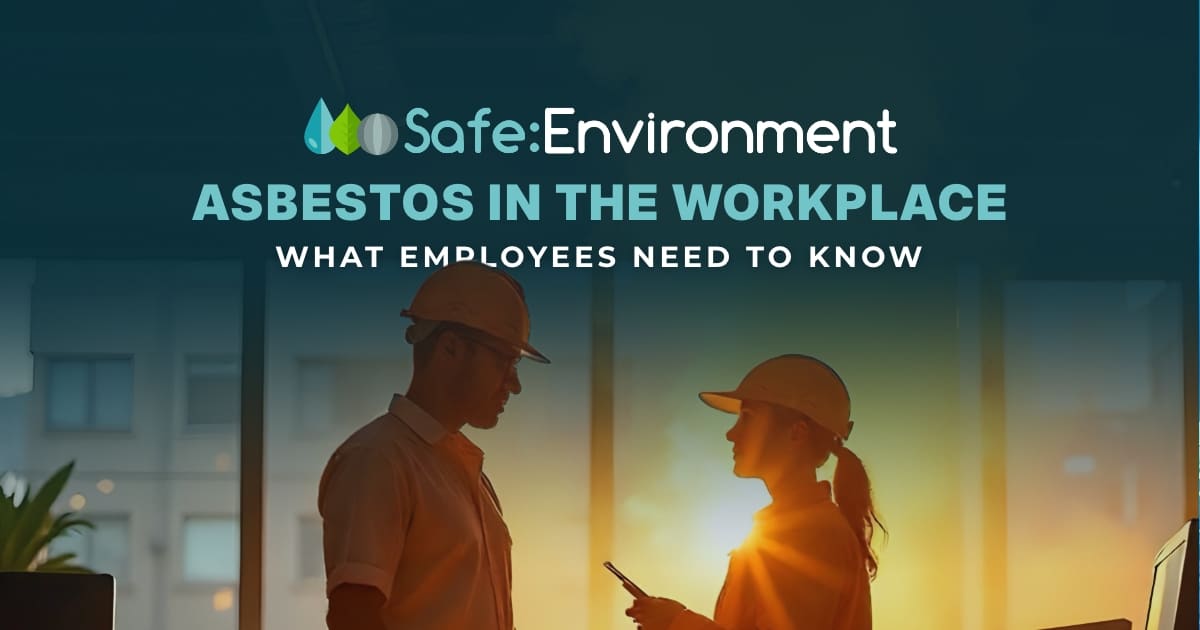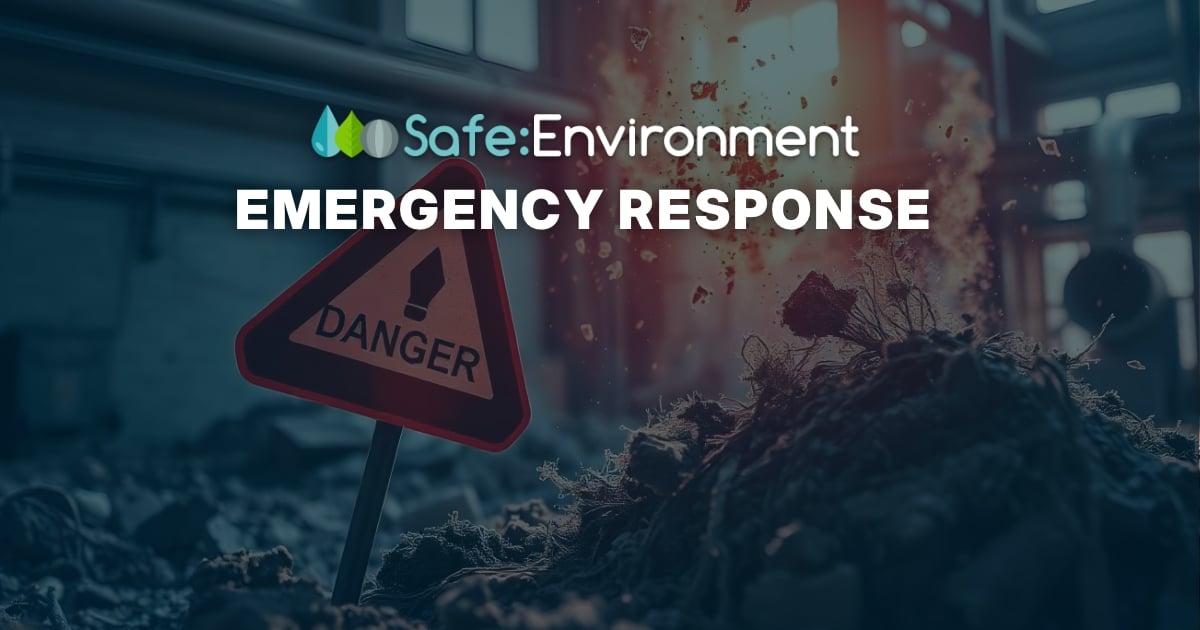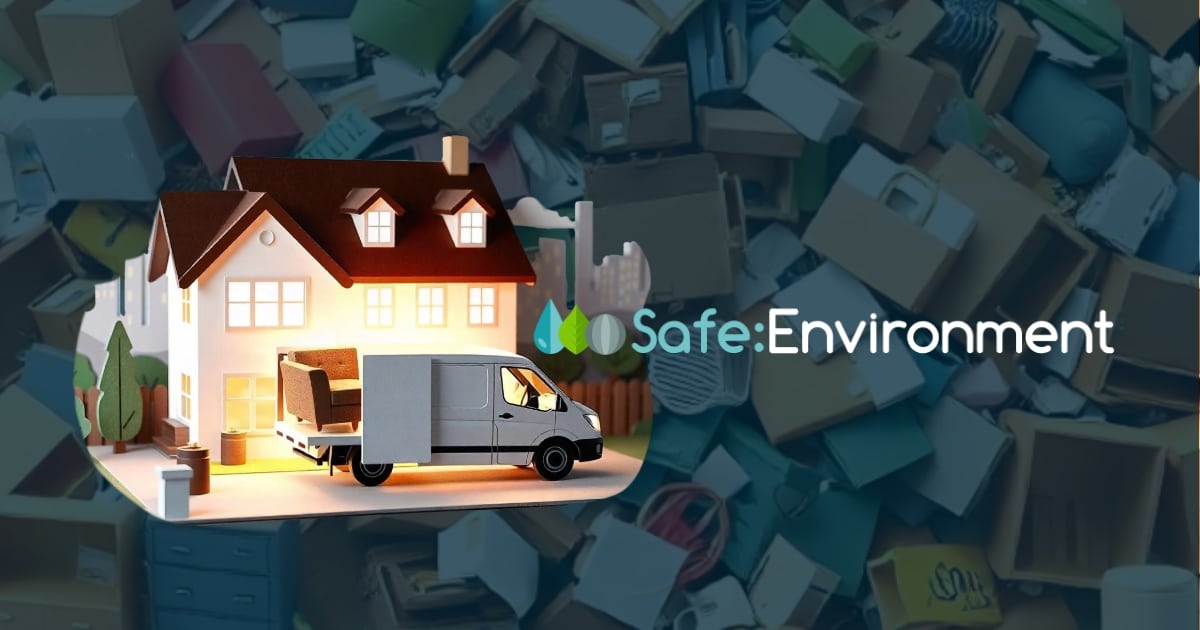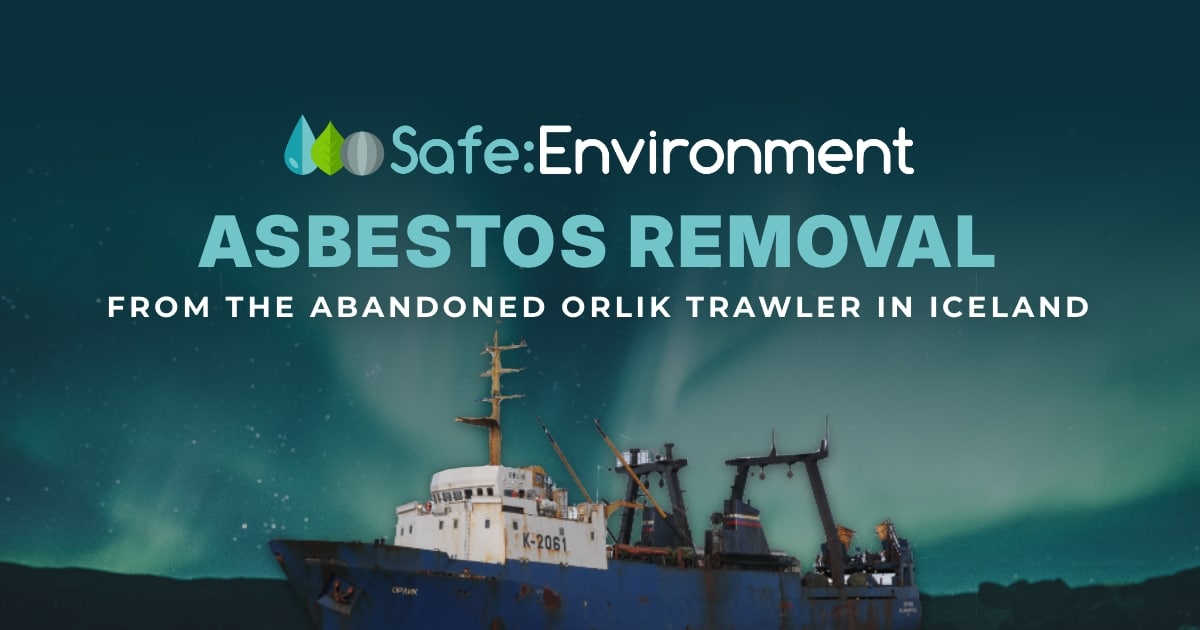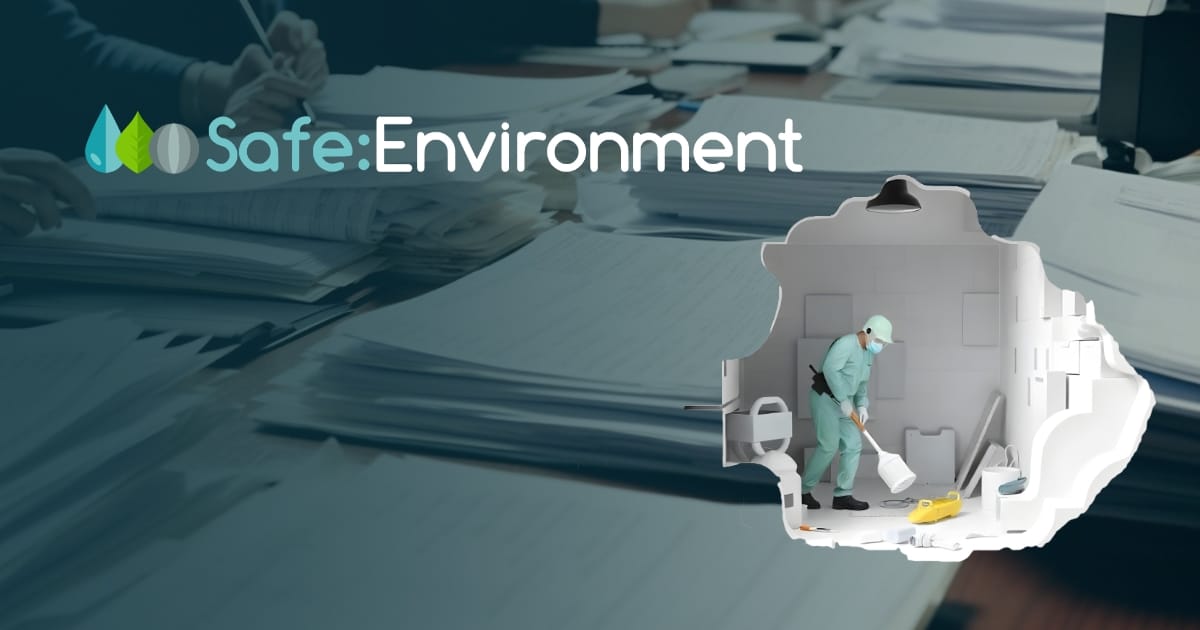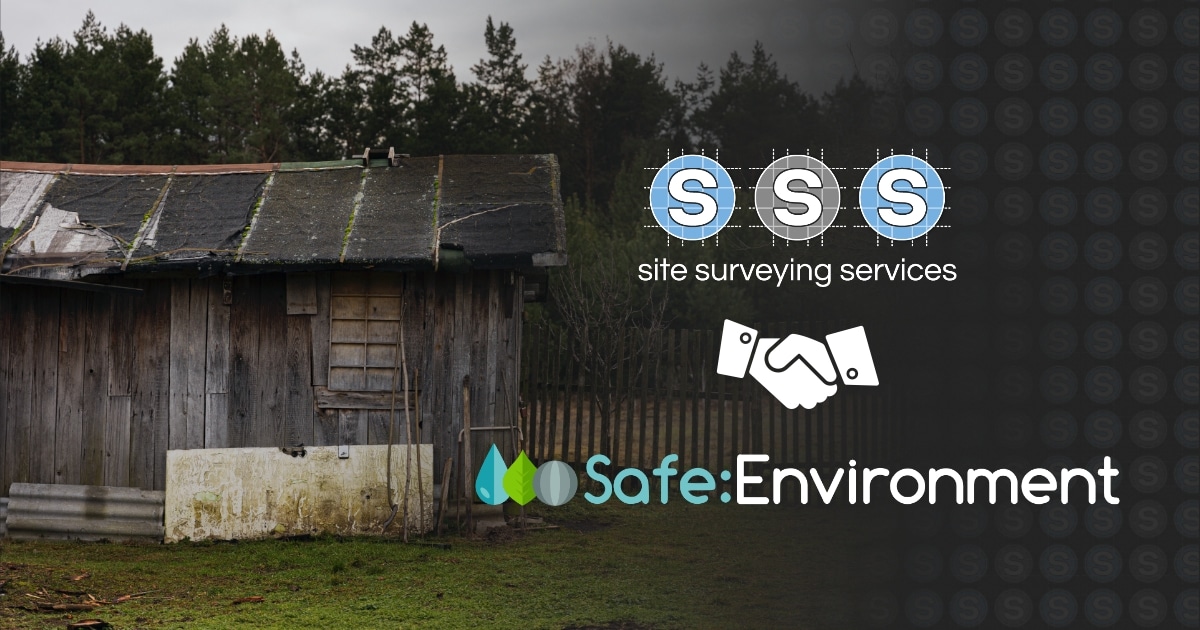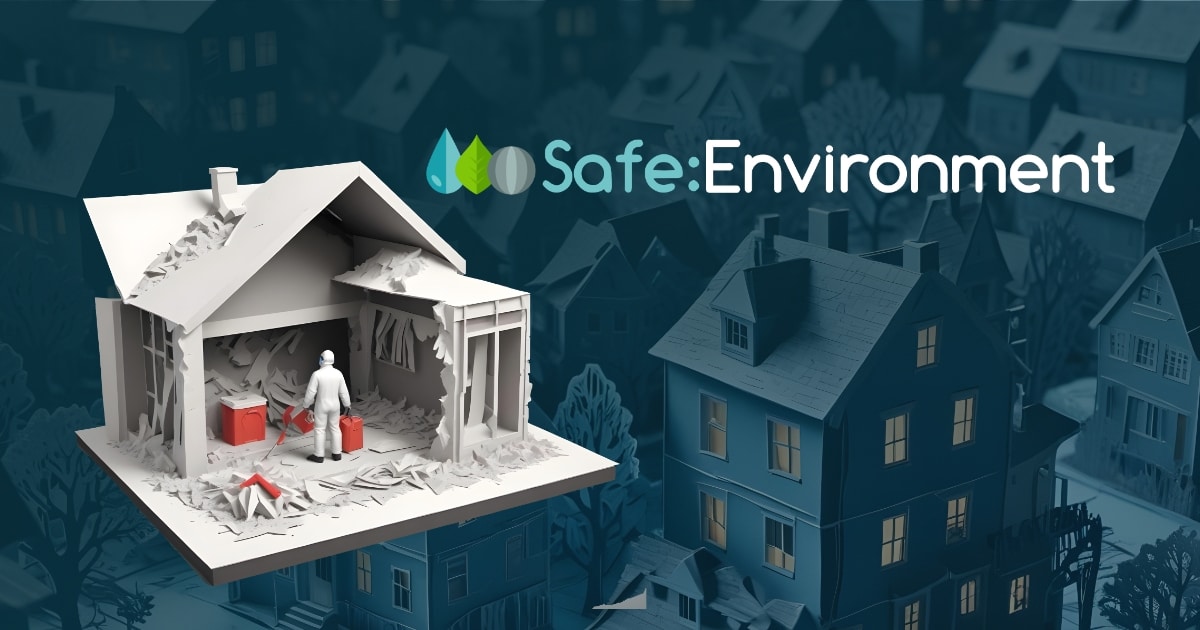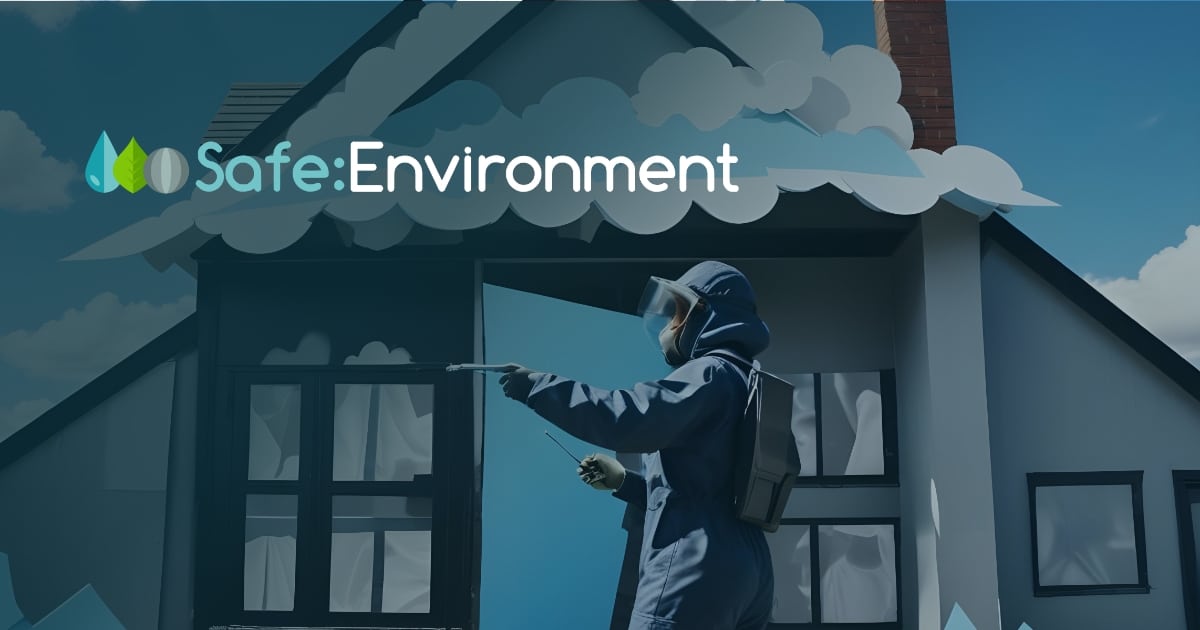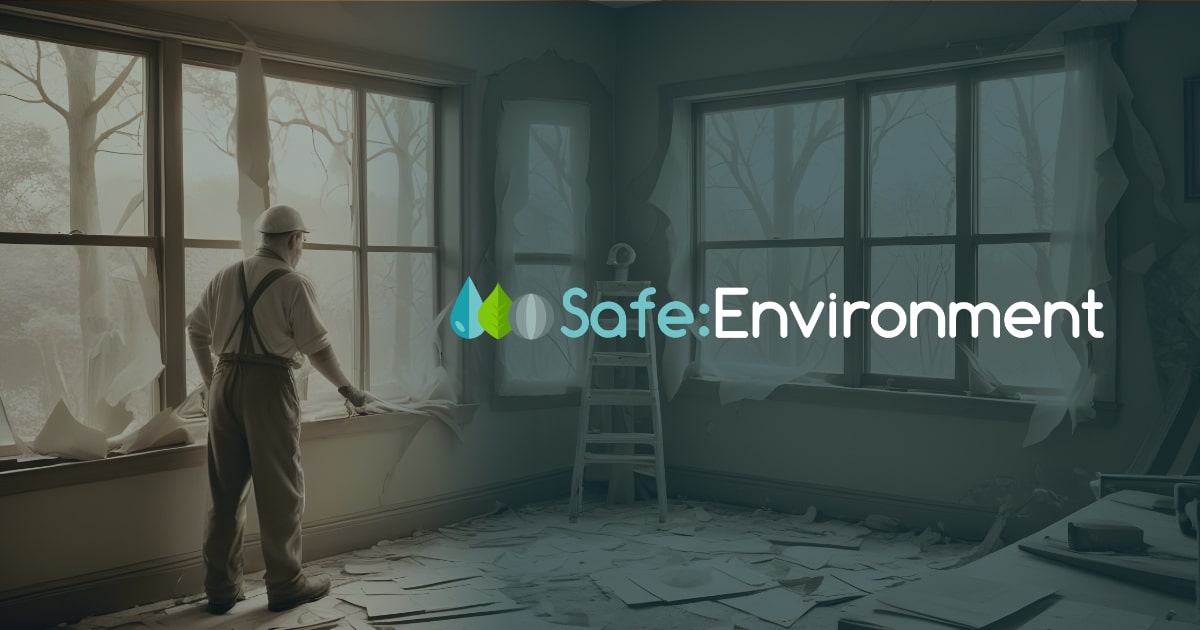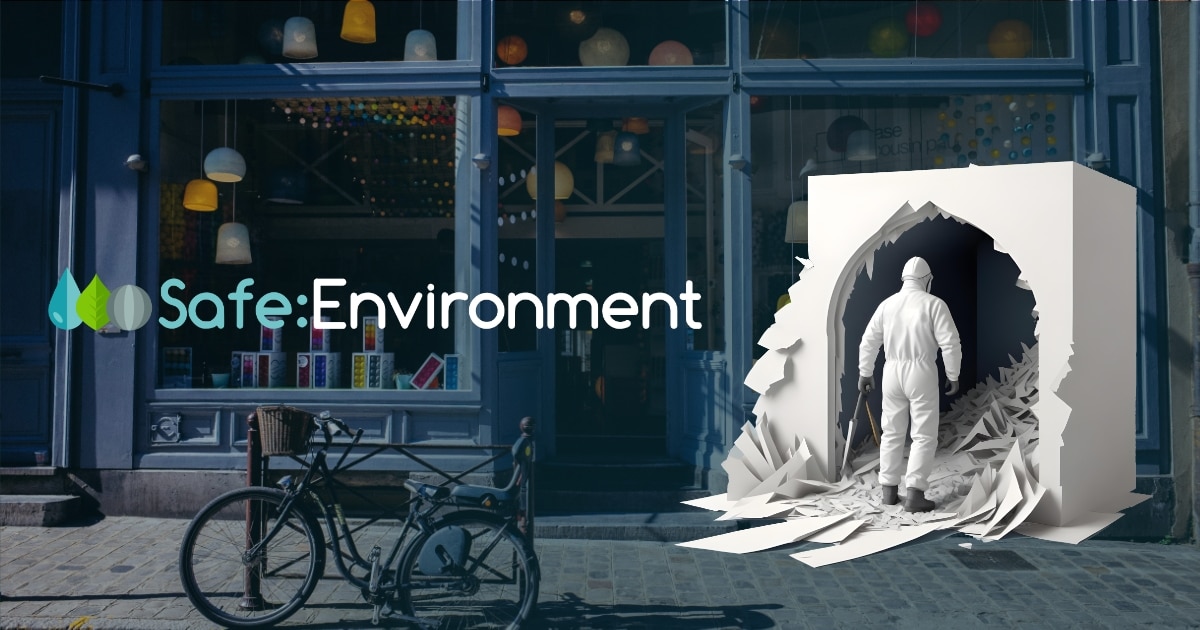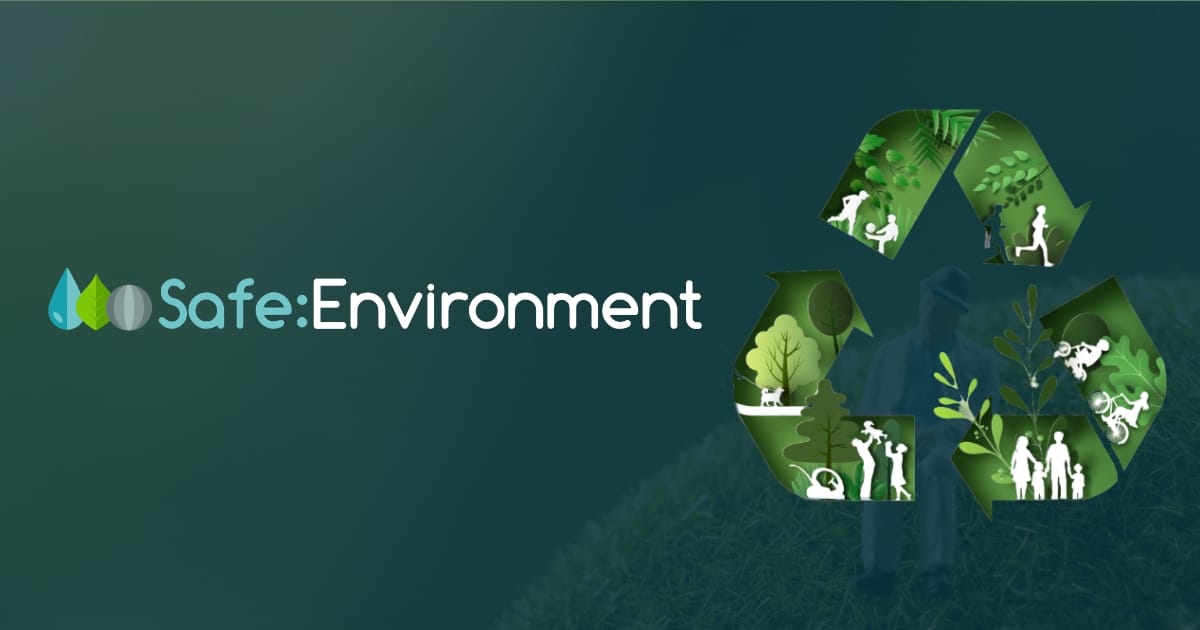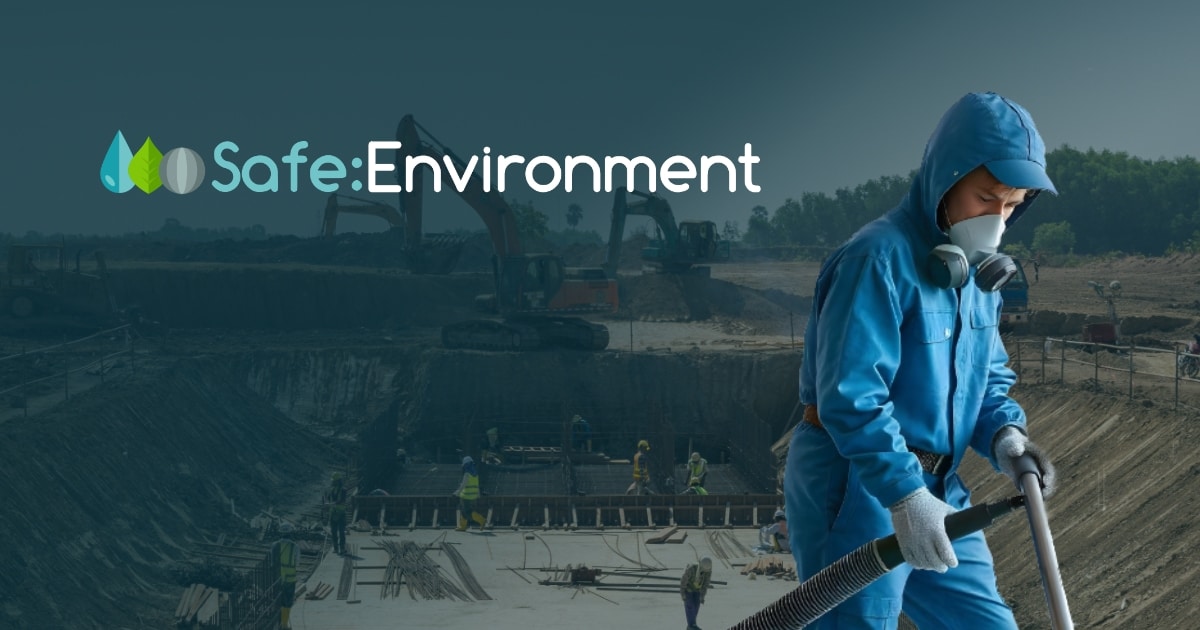Artex, a textured coating often used to decorate ceilings and walls, was popular in UK homes during the 1970s and 1980s. However, many people are unaware that older Artex may contain asbestos, a hazardous material that poses serious health risks when disturbed. If you’re considering removing or renovating Artex surfaces in your home, it’s essential to understand the dangers and take the necessary precautions. Here’s a guide on the safe way to remove asbestos from Artex ceilings and walls.
Understanding the Risks
Asbestos fibres, when inhaled, can cause severe respiratory diseases such as lung cancer, asbestosis, and mesothelioma. These diseases often develop years after exposure, making asbestos a hidden danger. Artex produced before the mid-1980s often contains asbestos, typically in the form of chrysotile (white asbestos). While asbestos is harmless if left undisturbed, any attempt to remove or alter Artex can release fibres into the air, putting you and your family at risk.
1. Confirming the Presence of Asbestos
Before any removal work begins, it’s crucial to determine whether your Artex contains asbestos. This is done through an asbestos survey carried out by a licensed professional. The surveyor will take a small sample of the Artex and test it in a laboratory to confirm the presence and type of asbestos. If asbestos is detected, you must proceed with extreme caution and follow the appropriate safety measures.
2. Hiring a Professional Asbestos Removal Contractor
The safest way to remove asbestos from Artex ceilings and walls is to hire a specialist asbestos removal contractor. In the UK, asbestos removal is regulated under the Control of Asbestos Regulations 2012, which mandates that asbestos work, including the removal of asbestos-containing Artex, must be carried out by professional, competent companies and individuals. Such contractors have the necessary training, equipment, and certification to remove asbestos safely.
A professional contractor will:
Conduct a risk assessment: This evaluates the condition of the Artex and the safest method for removal.
Set up containment measures: This includes sealing off the work area to prevent the spread of asbestos fibers.
Use specialised equipment: Tools such as HEPA-filtered vacuums and protective gear are essential for safe removal.
Dispose of asbestos waste properly: Asbestos waste must be double-bagged, labelled, and taken to a licensed disposal facility.
3. Wet Removal Method
If you’re dealing with non-licensed work (e.g., a small area or low-risk asbestos), one of the safer methods for removing asbestos-containing Artex is the wet removal method. This involves wetting the Artex with a suitable solution to minimise the release of asbestos fibers during the removal process. Here’s how it’s done:
Dampen the surface: Spray the Artex with a mist of water mixed with a small amount of detergent or PVA glue. This helps to bind the fibers and keep them from becoming airborne.
Gently scrape the Artex: Use a wide-bladed scraper to gently remove the softened Artex. Avoid vigorous scraping, as this can release asbestos fibers.
Dispose of waste carefully: Place all removed materials, along with any contaminated protective clothing, into asbestos waste bags.
Note: Even with the wet removal method, it’s strongly recommended to use professionals to ensure the highest level of safety.
4. Encapsulation
If removing asbestos-containing Artex isn’t feasible, another option is encapsulation. This method involves covering the Artex with a protective sealant or plasterboard to prevent the release of asbestos fibers. While this doesn’t remove the asbestos, it reduces the risk of exposure. Encapsulation should also be carried out by trained professionals to ensure it’s done correctly.
5. Safety Precautions for DIY Work
If you’re considering DIY asbestos removal (for non-licensed work only), take extreme caution. Here are some key precautions:
Wear protective gear: Use disposable coveralls, gloves, and a high-quality respirator (rated FFP3).
Avoid dry scraping: Always use the wet method to reduce the risk of airborne fibres.
Work in a well-ventilated area: Open windows and doors to disperse any potential fibres.
Do not sand or drill: These actions can release large amounts of asbestos fibres.
However, due to the risks involved, it’s always safer and more advisable to hire professionals for any asbestos-related work.
6. Legal Considerations
In the UK, the removal of asbestos-containing materials is governed by strict regulations. You are legally required to follow these guidelines to ensure your safety and the safety of others. Failure to comply with these regulations can lead to legal penalties and, more importantly, pose serious health risks. Always check the HSE (Health and Safety Executive) guidelines before starting any work.
Conclusion
Removing asbestos from Artex ceilings and walls is a delicate and potentially dangerous task. The safest approach is to hire a licensed asbestos removal contractor who can ensure the work is carried out in compliance with UK regulations and with minimal risk to health. If you’re considering DIY removal for a small project, make sure to follow all safety protocols and use the wet removal method to reduce the chance of asbestos exposure. Whether you’re renovating, redecorating, or simply updating your home, taking the right steps to handle asbestos safely is crucial for your health and peace of mind.



